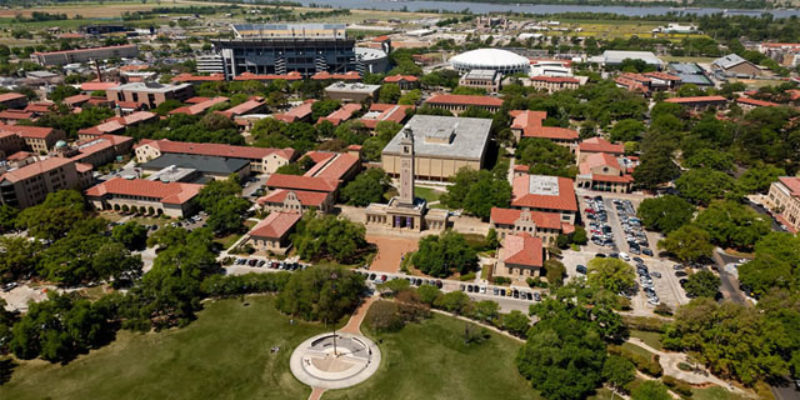Louisiana’s higher education institutions crow about enrollment gains in the face of the Wuhan coronavirus pandemic, but a leading research outfit says the state lost such students. Who’s right and what does it mean?
Many observers expected declines nationally with the virus running around. That could discourage attendance and might have stretched pocketbooks too thinly to have students and families shell out for tuition needed. Data from the National Student Clearinghouse Research Center seemed to bear this out. Its latest update in mid-October using late September data showed a national loss of 3 percent, with undergraduate enrollment down 4 percent.
This continued a trend over the past several years nationally, while Louisiana has seen a drop in undergraduate students every year except from academic year 2017-2018 since 2011. Most alarmingly, first-time freshman numbers nationally fell by over 16 percent. The organization said it had data representing almost 70 percent of Louisiana enrollment covered in its data.
But, in the same data timeframe, Louisiana announced enrollment gains year-over-year at all but one of its senior institutions, having the exact data for all of its baccalaureate-and-above campuses. Some campuses, such as Louisiana State University, the University of New Orleans, and my employer Louisiana State University Shreveport posted significant freshman student gains.
Both of these observations of Louisiana data can’t be right, and understanding the differences reveals some important facets of the state of the state’s higher education. Unfortunately, the Board of Regents hasn’t disseminated these data publicly, requiring some conjecture.
First, the announcement from the state was relatively incomplete because it included information from just two systems that included a single community college. Including particularly the community colleges might detect the draft downwards seen nationally both in total undergraduate enrollment, and particularly in entering freshmen.
If the case in Louisiana, this doesn’t surprise. In tough job markets, high school graduates disproportionately enroll in college – if they can afford it during economically difficult times. Those who can head disproportionally to senior schools because they can afford it, and these schools also pick up recent associates degree earners discouraged by the job market. Some of those who can’t pony up for baccalaureate institutions trickle down to community colleges with their lower tuition rates, and the rest – mainly those intending to attend community college – don’t attend.
Historically, nontraditional students tended to abandon schooling during economic good times, which have been prevalent throughout the decade (tepidly so after the bounce off the short recession of the late 2000s, but much more vigorously from 2016-19). That they abandon it now – NSCTC reports this nationally sharply at both junior and senior public institutions – is a new and unwelcome wrinkle, undoubtedly caused by the pandemic.
Advertisement
Second, graduate student figures skew somewhat both the national and Louisiana pictures. This is up nationally, and the NSCRC claims this for Louisiana. The disruption by the pandemic makes this expected. Just as disproportionately occurs with recent associates recipients, with an uncertain economic future and fewer jobs out there more students stick around to try for an advanced degree.
In other words, higher education has lost likely forever a significant portion of an entire cohort, while an advanced one will leave graduate schools much emptier when times turn better. Neither is a positive development and subverts the Regents’ goal of pumping up the proportion of the state’s population with a college degree.
Third, Louisiana schools still have the capacity to buck the trend, in part. Part of the pandemic drop likely came from students who attended or intended to schools that stayed in a remote delivery mode for this fall term, and felt they weren’t getting their money’s worth that way. Louisiana schools instead all committed to returning most of their resources to the classroom. To a lesser degree – and this may provide a cushion for community colleges – schools that have few if any students living on campus look to have done better (although private schools, which can much more easily control access, NSCRC reports have seen overall increases).
Fourth, the rapid inflation in the cost of attending college makes families particularly price conscious in this area in this era. And here also Louisiana has a competitive advantage. Despite large percentage increases in tuition and fees over the past dozen years, since Louisiana had such low rates to begin with, it remains below the national average, and community college costs actually have declined over the past five years.
In sum, chances are that when all the numbers come in, Louisiana probably will see an overall drop in enrollment. But it may get hit less severely than many other states at both the senior and junior level, and this comes as welcome news for institutions’ financial picture and the state’s economic development fortunes.
Advertisement
Advertisement

